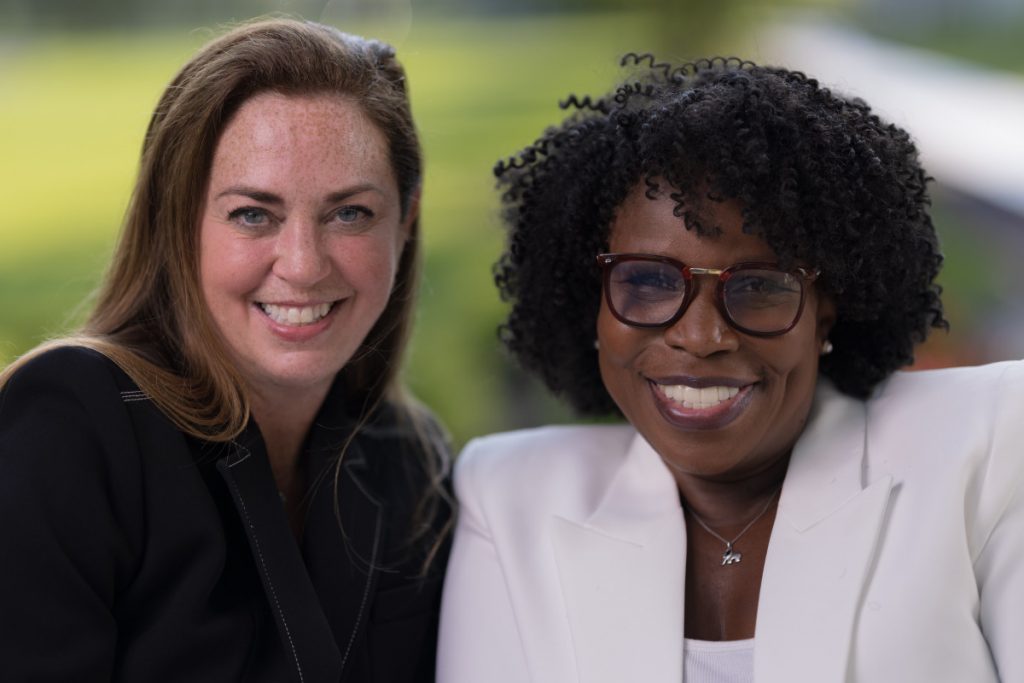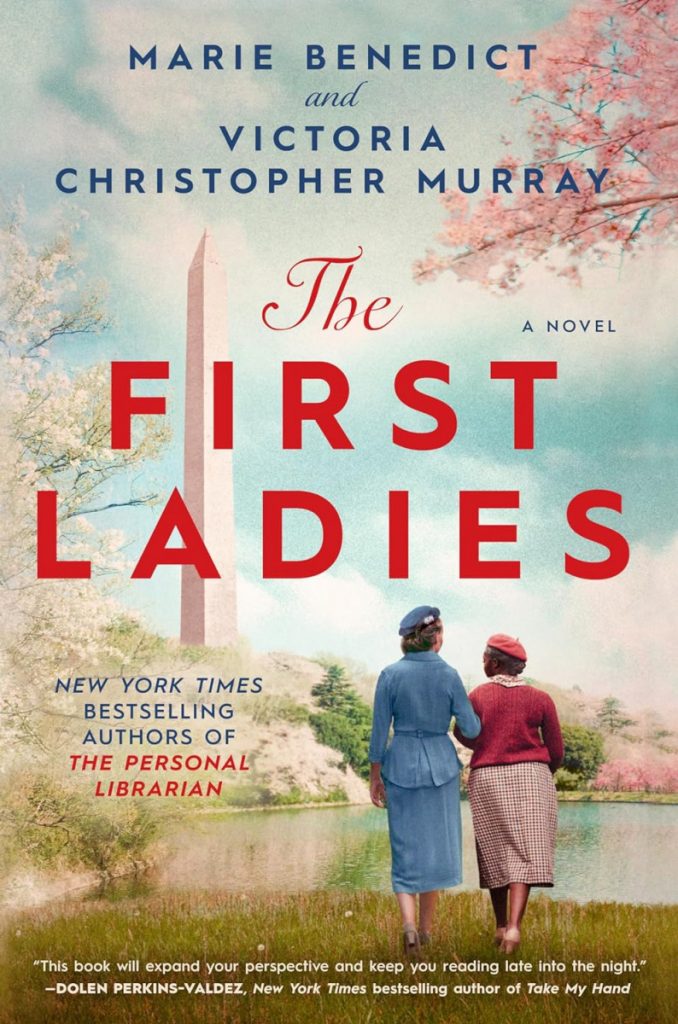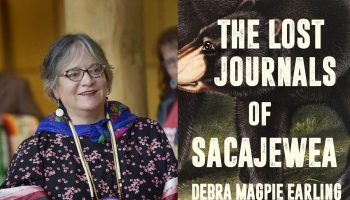

When collaborating on The First Ladies: A Novel, authors Marie Benedict and Victoria Christopher Murray realized they were writing a story that was much bigger than they thought.
Based on the true, unlikely friendship between civil rights activist Mary McLeod Bethune, often referred to as “the First Lady of Struggle,” and Eleanor Roosevelt, the First Lady of the United States, The First Ladies is a story of friendship, tragedy, and triumph. It is the Week One selection for the Chautauqua Literary and Scientific Circle, aligned with the theme of “The Evolution of the Modern Presidency” and the vertical CLSC theme of “Legacy,” and Benedict and Murray will read from and discuss their book at 3:30 p.m. today in the Hall of Philosophy.
Murray and Benedict both have extensive careers on their own. Murray is the author of 30 books, including two New York Times bestsellers The Personal Librarian and now, The First Ladies. Both were co-authored with Benedict, the pen name of writer Heather Terrell, whose historical fiction centering real or imagined women from the past include Carnegie’s Maid and Lady Clementine.
While conducting their research for The First Ladies, Benedict and Murray found that there was very little left behind from women’s friendship; a few letters, some records of the time they worked together, some observations, and a few images. In order to fill the gaps, Murray and Benedict said they pulled from their own modern-day friendship.
“A lot of the details you have to fill in, and we kind of said, ‘Well, how would we feel about that situation?,’” said Benedict.
During Franklin D. Roosevelt’s first term, Bethune and Roosevelt became friends, grew inseparable and against all criticism and hatred, worked together to fight for the rights of Black Americans.
Murray said their goal in writing The First Ladies was to accurately portray the dynamics of friendship and the views white people may have about their Black friends — and vice versa. She wanted to create a friendship on the page that sent the message: “You don’t have to assume, you don’t have to think for me. You don’t have to walk in front of me, walk beside me.”
With Bethune’s and Roosevelt’s friendship, the “movement for people of color became more than just a talking point,” because of the people behind that work — like Bethune — and “the work they were doing to teach people like Eleanor Roosevelt how to successfully lobby for them,” said Manager of Literary Arts Stephine Hunt.
Bethune is much better known in the Black community, said Benedict, but “that’s not true (among) a lot of white readers. She is absolutely someone who needs to be known and studied. I want everyone to celebrate Mary McLeud Bethune. … This lady’s story needs to be taught in every classroom.”
During their presentation, Benedict and Murray hope to address how they navigate the line in their writing between fact and fiction, and how to work through difficult conversations.
“We want people to walk away after seeing us together, knowing that we can have these genuine kinds of friendship. (Benedict) is truly my sister,” said Murray. “She’s one of the dearest people in my life. I can talk to her about anything, especially race.”




